VP message to the ANR Community
Last year we celebrated the Centennial of Cooperative Extension, created by the Smith-Lever Act of 1914. It's been 148 years since the founding of the University of California and 129 years since creation of the Agricultural Experiment Station, which resulted from passage of the Hatch Act in 1887.
As I reflected on these events, and on my career, I thought it would be a good time to briefly outline the history of the Division of Agriculture and Natural Resources, how it was created and how it fits into the larger University of California.
As is common in the development of all great organizations, the history of the University of California is populated by larger-than-life figures as well as internal and external political battles for money, prestige and control. The history of agricultural science and teaching in the University and the development of UC ANR, as we know it today, was part and parcel to those struggles. It is a fascinating story and one that I encourage everyone to read about in books such as Science and Service, by Ann Foley Scheuring. I can only hit the highlights in this short article, but I hope that you will find this history as fascinating as I have.
The original University of California campus was at Berkeley. Tension between agricultural interests and agriculture-focused research on the one hand and the liberal arts and other sciences on the other has been part of our history from the beginning. Initially, the College of Agriculture within the new UC was politically very powerful, with a seat on the Regents, but agriculture programs had a paucity of students. It wasn't until such leaders as Edward Wickson, Eugene Hilgard, Thomas Hunt and others began to build the science base for agriculture that agricultural concerns began to take off at the University.
In 1905, the state legislature passed a bill to establish a University farm to ensure that UC was responding to agricultural needs. Although many sites were considered, Davisville (now called Davis) was chosen. The University Farm School offered a 3-year course open to any boy over the age of 15 with a grammar school education, shortly thereafter amended to a 2-year curriculum and a minimum age of 18. University students from Berkeley working toward a degree in agriculture were encouraged to attend the Farm School at Davis for a few months to add practical experience to their scientific work.
In 1920, several changes occurred affecting agricultural programs within the University. Until then, all agriculture faculty, research staff, and agricultural extension farm advisors held academic titles with the right to vote as members of the Academic Senate. When farm advisors exercised their voting rights on a particular issue over the objections of other Senate members, the Berkeley faculty moved to restrict Academic Senate membership to only those with academic teaching titles. This action removed Agricultural Extension faculty from the Academic Senate, and led to the creation of the Academic Assembly Council to represent extension academics. A second major change was the result of a reorganization of the College of Agriculture into four parts: the Department of Agriculture, for academic instruction leading to a university degree; the Agricultural Experiment Station (AES), for original research; the Agricultural Extension Service, for statewide public outreach; and the University Farm School. The Dean of the College of Agriculture would retain leadership over all four parts, but each part would also have its own head, and only the Department of Agriculture faculty would have Academic Senate membership.
Between 1952 and 1974, UC made numerous changes to its agriculture programs. Among the most notable were the conversion of Davis and Riverside to general campuses in the UC system and UCLA's elimination of its agricultural programs and transfer of its AES resources to Riverside.
In 1974, with another Regents' reorganization, the agriculture deans' reporting lines were moved from the Vice President of UC ANR to their respective campus chancellors. State AES funds were directed to the three campus chancellors, and AES faculties at Berkeley, Davis and Riverside now reported to their campus deans. The Agricultural Extension Service was renamed Cooperative Extension (CE) to better reflect its broadening social and economic purview across the state. The Vice President of UC ANR remained director of the AES and director of CE systemwide for UC, with all state CE funds and all federal AES and CE funds flowing to UC ANR.
Fast-forward to 2015: Today UC ANR remains as the vibrant, statewide academic research, education and outreach arm of UC, composed of more than 330 CE faculty. Some of these academics are located on campuses, some are at Research and Extension Centers and others are in county offices throughout the state. Cooperative Extension Specialists and Advisors work with AES colleagues and other campus-based colleagues to generate new knowledge and serve the needs of the people of California.
Tug-of-wars over money, prestige and control within the UC system have not disappeared, but the mission of UC and that of UCANR continue to ensure a thriving California with healthy and sustainable agricultural systems, healthy environments and healthy people. I, for one, am proud to serve this great organization!
Comments:
Your tenure as the VP of ANR has been marked over time with contentious issues, of at least money and control, with the (now) Plant Sciences Department (and earlier with the Agronomy, and Agronomy & Range Science, Departments) at UC-Davis.
As you depart this "vale of tears and frustrations", to indulge instead in world travels, and, perchance, even write your ANR memoirs (to become a nationally-acclaimed best-seller), will you leave with confidence that the issues mentioned above (probably there weren't any others) had been resolved?

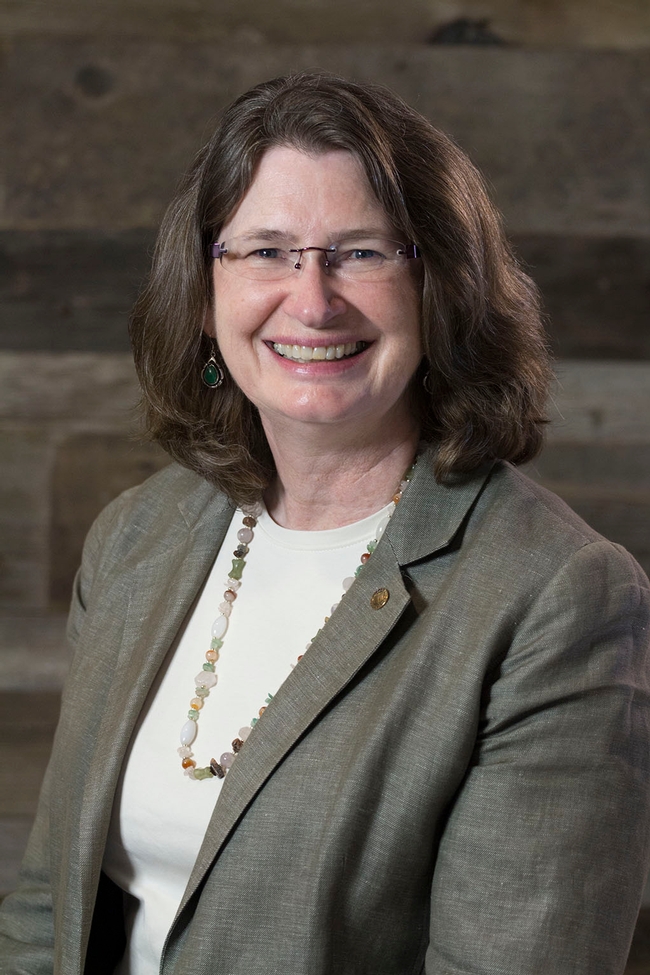
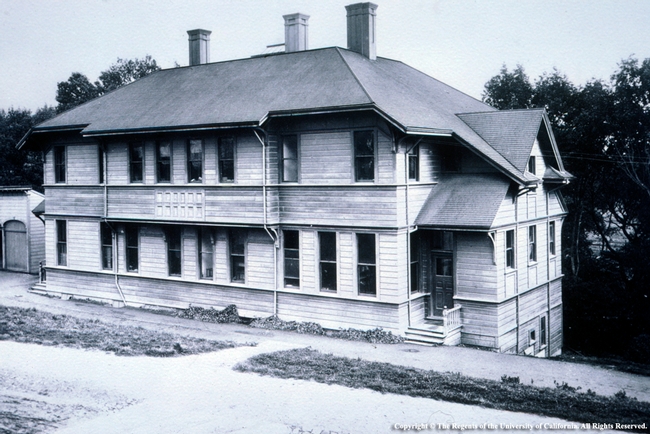
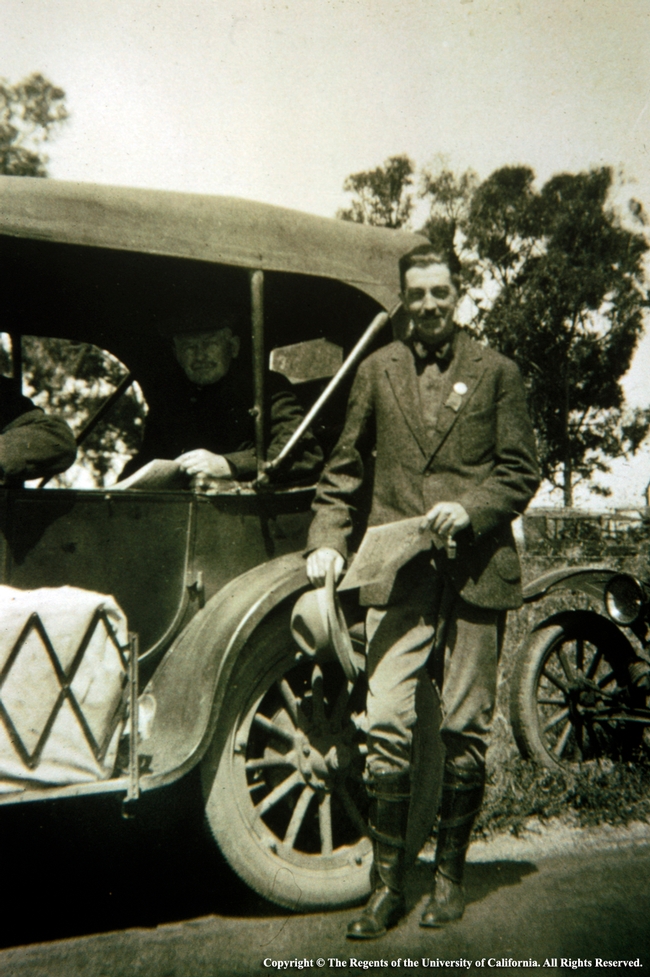
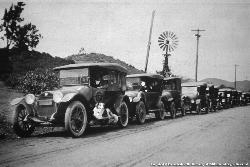
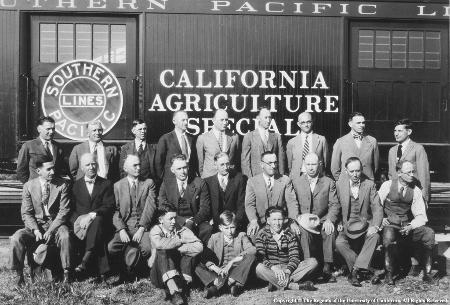
Posted by Charles A Raguse on May 26, 2015 at 3:41 PM